I wasn’t so confident about Kyoto Teramachi Sanjou no Holmes after last week’s somewhat meh episode. But this one actually did quite a lot to win me over – I found it comfortably the best of the three thus far, both in terms of the mystery and otherwise. It delivered pretty much everything I was hoping this show was going to deliver and doing it very well, and I’d be a fool to ask for anything more than that.
First of all, my completely biased inclination to favor this show because of its Kyoto travelogue roots was certainly indulged this week. I spent part of one of the greatest days of my life at Kurama and Kibune, though I didn’t get to dine at one of the Kawadoko (dining on temporary platforms built over the Kibunegawa), as those are summer only (and out of my usual tax bracket). I love seeing the magic of places like this reflected in anime, and Kyoto Teramachi Sanjou no Holmes did an admirable job of conveying that here.
The trip to Kibune and Kurama was tied in to the most interesting case of the series so far, as Holmes’ grandfather has asked him to assist the estate of a writer friend who’s recently passed away with an undisclosed problem. On the way (at the kawadoko, actually) Kiyotaka reveals to Aoi that he’s been romantically burned in the same manner of she (somewhat unexpected). He also makes a hilarious comment about how his love was stolen away by an “arrogant and overbearing Osakan”. That’s hilarious (to me) because it perfectly captures the way Kyotoites seem to feel about Osakans. Osakans, for the record, seem unable to talk about Kyotoites without sneering, putting their finger on their nose and pushing it upwards. It’s truly a fierce and frankly kind of nasty rivalry between these two neighbor cities which are so opposite (as Kobe sits idly by, more or less liked by both and faintly bemused about the whole thing).
The writer’s estate turns out to be the setting for a rather interesting family drama. He had three sons, who he’s named after the seasons – the most interesting being the middle one, Akihito, an aspiring actor and the black sheep of the family (he’s played by Kimura Ryouhei, who has an innate charisma as a seiyuu that’s hard to match in his generation). The sensei left some money to his sons – not much – and none to his wife. He also left a second will with instructions to unseal it on a specific date three months after his death, which contained the combination to a safe which held three scrolls, one for each son. The manager of the estate has had them appraised, but they’re reproductions – basically worthless.
Aoi rightfully wonders why the help of an appraiser like Kiyotaka would be needed at this stage, but it turns out that the scrolls have been mysteriously burned in the house’s incinerator. Holmes’ cross-examination is a fun one – especially when he mixes it up with Akihito, who reminds him of someone. The point of the scrolls is the message they hold for each son, with the date having been chosen to coincide with the youngest, Haruhito’s, 20th birthday. Once the writer’s wife admits to burning the scrolls (out of anger over not getting more in the wills and unaware of their significance, she says) Kiyotaka tries to leave without dropping the real bombshell he’s decoded from all this. But the elder sons insist, and they’ll be the ones who have to live with the consequences of knowing what they now know.
As I said, this episode worked on pretty much all the levels I was hoping this series would work on. This struck me as exactly the sort of puzzle a chap like Kiyotaka might actually end up working on. And for this sort of mystery, with no crime committed, it was a genuinely serious matter without being melodramatic about it. The writing had an astute cleverness about it, especially in an observational sense, and the more one learns about Holmes-san the more interesting a character he becomes. If this is close to what the true level of Kyoto Teramachi Sanjou no Holmes is, this series should be evert bit the sleeper I was hoping it would be going into the season.


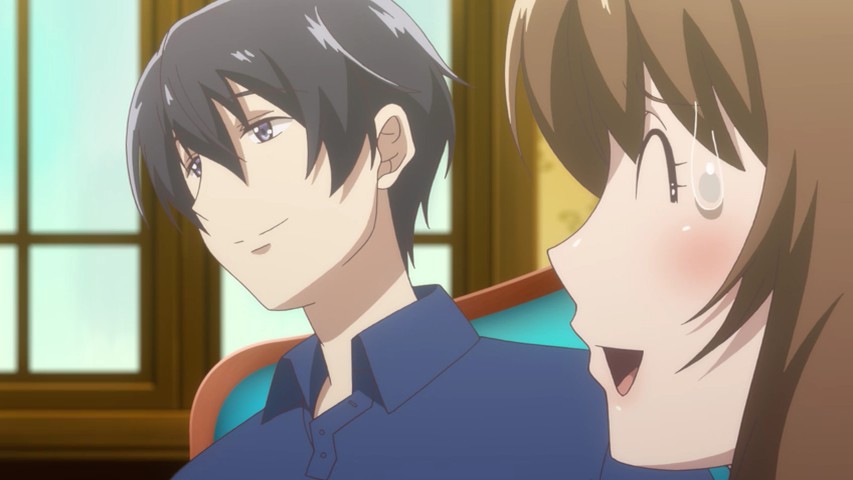
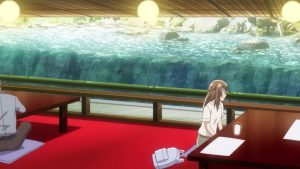
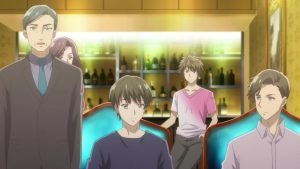
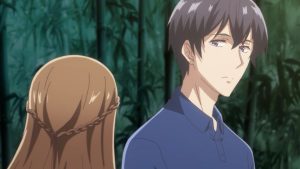
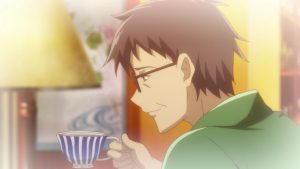
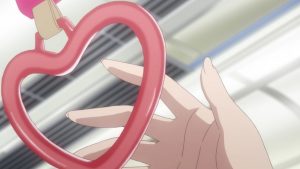
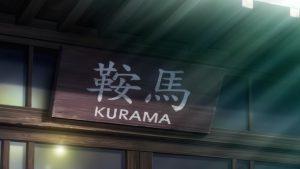
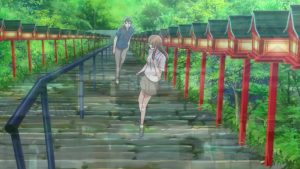
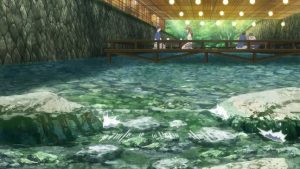
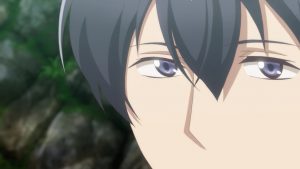

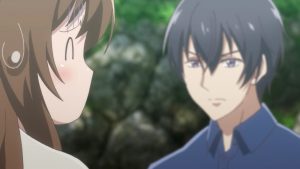


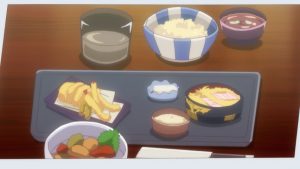
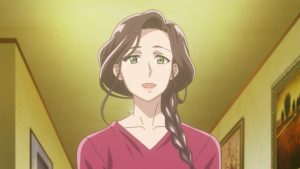
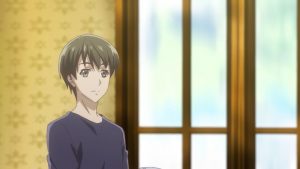
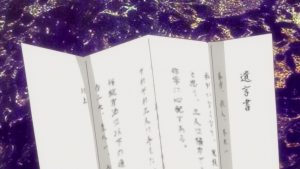

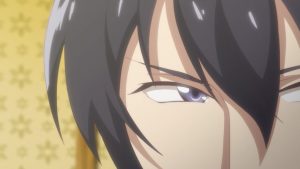
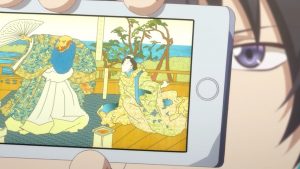
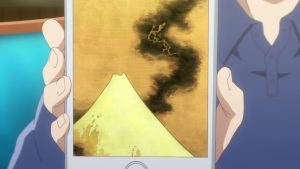
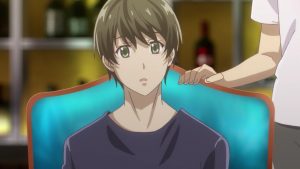
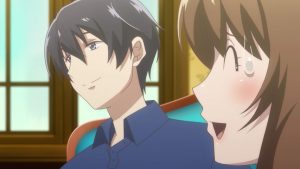
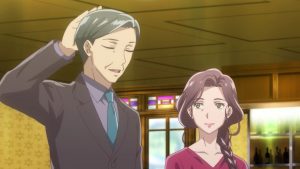
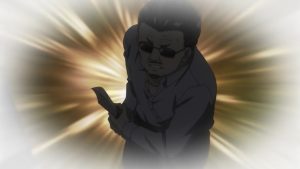
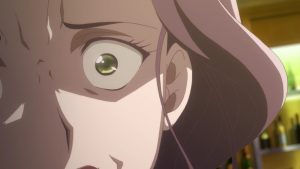
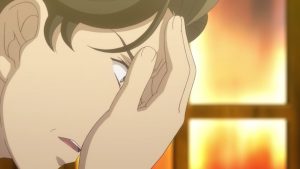

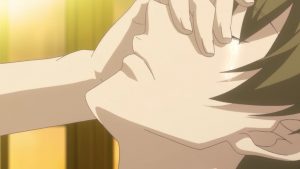
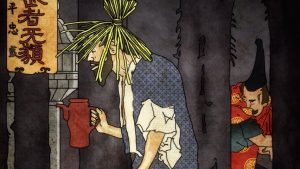
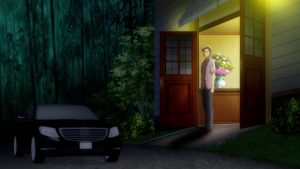
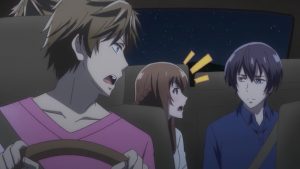
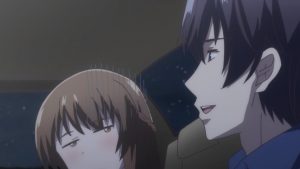


Rita
July 24, 2018 at 1:50 pmI’d never heard of the Kawadoko dining thing before this and color me interested because that looks like a heck of a cool view. I imagine it’s fairly expensive but if I’m already spending however much on a vacation to Japan anyways I think I can justify it.
I do agree that this was the best episode so far, and honestly I’m good with just taking another stroll through anime Kyoto if nothing else
Guardian Enzo
July 24, 2018 at 2:56 pmThey do that in Kyoto too in the summer, on the Kamo River at Pontocho. But it seems more atmospheric (and a couple degrees cooler at least) in Kibune.
Rita
July 24, 2018 at 9:07 pmSo in the weirdest twists of random history intersecting with anime and manga and your blog posts, out of curiosity I went to go check out the manga for this (which there are only raws, but I can read enough Japanese to understand most of it) and also I clicked that link in your review to your trip to Kurama and Kibune.
And as I was reading the manga, I was browsing through your old post and saw you mention that Ishiyama-dera is where Murasaki wrote the Tale of Genji. At which point I alt-tabbed back to the manga to be greeted to a page where Holme’s explained the Murasaki wrote the Tale of Genji at Ishiyama-dera. Along with some other random facts about stories like the guardian lions at the temples, the story of Ushiwakamaru (is that a Kurama thing?? I don’t know Japanese history all that well), some weird triangle rock at the center of a temple called the Rokuhousei (no clue what it is).
It was all very surreal and totally random and has nothing to do with the episode itself but like I just felt the need to tell you because of the sheer coincidence. I am actually quite sad we didn’t get MORE kyoto travelogue in this episode now that I know how the manga chapter went.
Guardian Enzo
July 24, 2018 at 11:43 pmYeah, you can do really deep down the rabbit hole when exploring Kyoto history. It seems like every rock and every tree has a story.